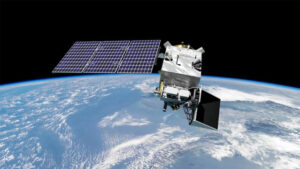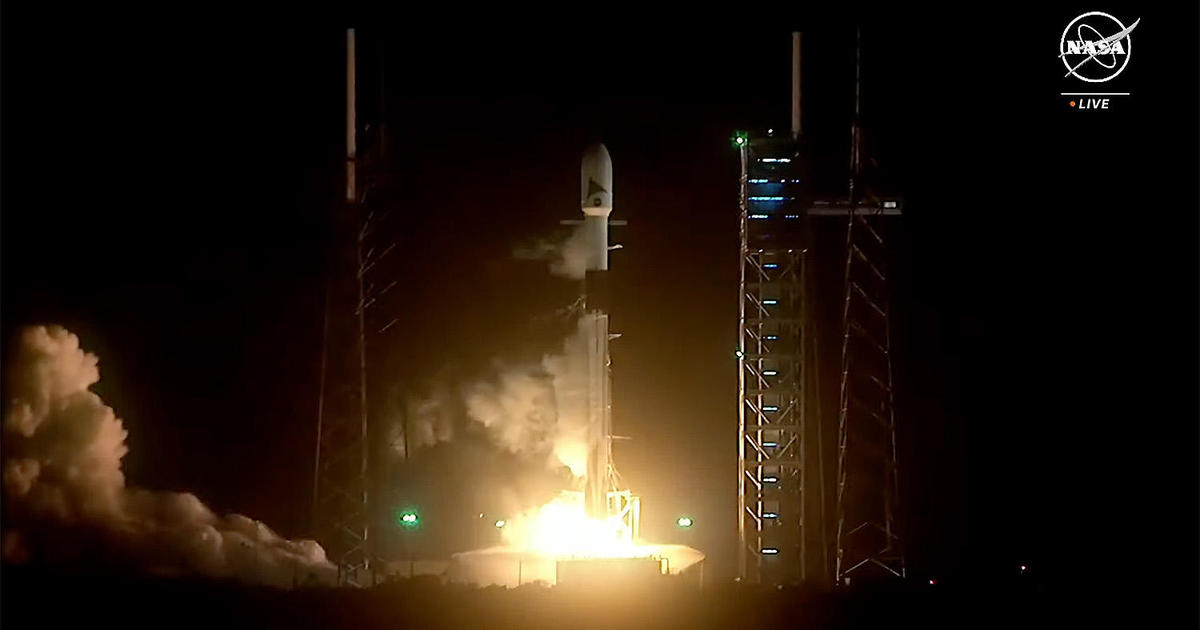NASA and SpaceX have joined forces to launch the PACE satellite, a pioneering spacecraft designed to enhance our comprehension of climate change and its impact on Earth’s ecosystems. Known as the Plankton, Aerosol, Cloud, ocean Ecosystem (PACE) mission, this initiative aims to shed light on the intricate relationship between aerosols, clouds, and the planet’s overall energy balance, addressing critical uncertainties in climate modeling.
Despite encountering numerous obstacles and facing the prospect of cancellation, the PACE mission has persevered, buoyed by unwavering support from the scientific community and NASA. Equipped with state-of-the-art instruments such as a hyper-spectral color camera and two light-analyzing polarimeters, PACE holds the promise of delivering unparalleled data on phytoplankton and oceanic biology, offering invaluable insights into the oceans’ role within our planet’s ecosystem.

The successful launch of the PACE satellite signifies a significant milestone in climate research, with the spacecraft poised to operate for a decade or more, providing crucial data to inform climate policies and scientific endeavors. In an era characterized by escalating environmental challenges, the launch of PACE represents a pivotal advancement in our pursuit of a sustainable future.
With its groundbreaking research capabilities, PACE has the potential to reshape our understanding of Earth’s ecosystems and pave the way for innovative solutions to combat climate change. As scientists eagerly anticipate the data from PACE’s observations, there is palpable excitement surrounding the insights and discoveries that await us.















































